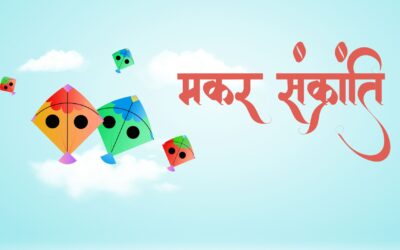Evolution and Fusion: Tracing India’s Fashion Journey
India, an ancient civilisation blessed with a rich cultural heritage, has always been a land of enchanting aesthetics. Its fashion, comprising myriad fabrics, patterns, and styles, serves as a testament to its diverse history.
Over time, the traditional elements of Indian fashion have gracefully blended with contemporary designs, creating a modern mélange that is both timeless and trendsetting.
Let’s look into the evolution of Indian fashion from its traditional roots to its current global resonance.
A Glimpse into Traditional Indian Fashion
Traditionally, Indian fashion has always been a reflection of the nation’s rich cultural, geographical, and historical influences. The fabric choice, be it luxurious silk from South India, delicate muslin from Bengal, or handwoven khadi that resonated with India’s freedom movement, each tells a unique story.
Patterns and motifs, too, find their roots in Indian history and folklore. Paisleys, for instance, are often linked to mango trees – a symbol of prosperity. Similarly, various traditional attire like sarees, sherwanis, and turbans each have a tale, a ritual, or a custom tied to them.
Fabrics: The Weave of India
India’s diverse climatic zones and cultural practices have given rise to a multitude of fabrics. While Pashmina from chilly Kashmir keeps one warm, the light Kota Doria or Chanderi from the warmer states offer comfort during the scorching summers.
Silk: Recognised globally for its quality, Indian silk – especially from regions like Kanchipuram, Assam, and Varanasi – has been sought after for centuries. Each region has its distinctive style of weaving, adding to the variety.
Cotton: India’s contribution to the world of cotton is unparalleled. From the delicate Dhakai Muslin to the robust Khadi, Indian cotton is as varied as it is versatile.
Wool and Pashmina: From the chilly terrains of Himachal Pradesh and Kashmir come the plush woollens and the soft pashminas. These textiles are not just about warmth but are a celebration of intricate craftsmanship.
Patterns: Tales Woven into Fabric
Indian designs are replete with patterns that are often symbolic. These include:
- Floral and Fauna: These are predominantly seen in Mughal-inspired designs. Think of the intricate patterns in a Pashmina shawl or the detailed designs of a Banarasi saree.
- Geometric: These designs, often found in tribal textiles, signify various natural elements and deities.
- Abstract: These can be a confluence of various elements – from mythological tales to everyday activities, abstract patterns capture the essence of Indian storytelling.
Bridging the Gap: Fusion of Traditional and Contemporary
Today’s Indian fashion is not just about upholding traditions; it’s also about pushing boundaries. The globalisation era has ushered in a blend of Indian aesthetics with Western silhouettes, leading to the birth of Indo-Western wear.
Sarees with a Twist: The traditional saree has seen many adaptations. Contemporary versions might include crop tops as blouses, belt cinches, or even sarees paired with jeans.
Salwar Suits and More: The classic salwar suit has evolved into various forms like Anarkalis, Palazzos, and even Jumpsuits with Indian motifs.
Menswear: Sherwanis and Bandhgalas, once limited to royal courts, are now a favourite for weddings, sometimes paired with jeans or trousers instead of the traditional churidar.
Modern Influences and Global Resonance
Indian fashion, while holding onto its roots, has embraced global trends. This amalgamation has not only increased its popularity on home turf but has also made waves internationally.
Designer Era: Indian designers like Sabyasachi Mukherjee, Manish Malhotra, and Ritu Kumar have made a significant impact on how the world perceives Indian fashion. Their collections often showcase a perfect blend of Indian fabrics, motifs, and modern designs.
Global Runways: Indian designs are now a regular feature in international fashion weeks. The world has taken notice of the rich fabrics and intricate embroideries, making Indian fashion a global sensation.
Bollywood and Beyond: Indian cinema, especially Bollywood, plays a crucial role in popularising Indian fashion. Actors donning designer wear have a trickle-down effect, influencing both Indian and global audiences.
Conclusion
Indian fashion, with its rich fabrics, patterns, and styles, offers a visual treat that tells the tale of a nation steeped in history and culture. The seamless blend of traditional and contemporary ensures that it remains timeless, even in the ever-evolving world of fashion. As we look forward, one can only expect Indian fashion to grow, influence, and inspire on an even grander scale.
Subscribe




